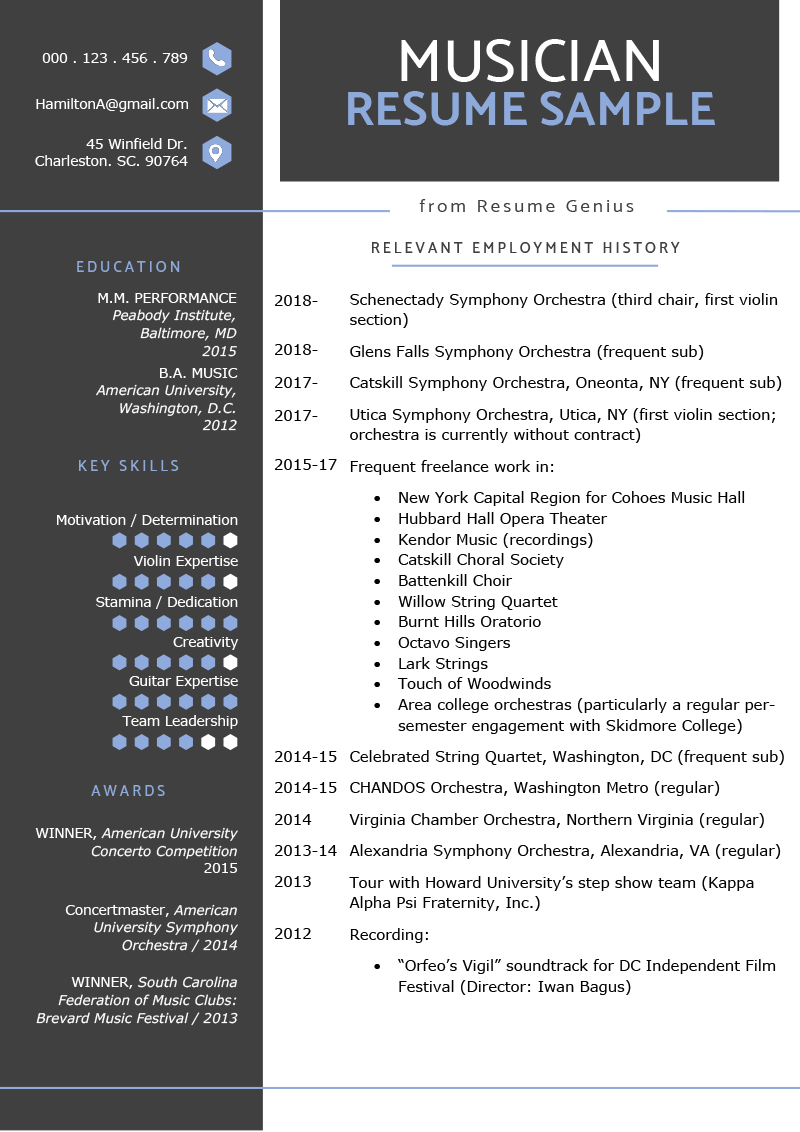Slack has more than 600,000 customers worldwide, but it only makes money from a fraction of them.

The San Francisco-based workplace communication startup revealed some of its financial information Friday, ahead of its direct listing on the New York Stock Exchange expected later this summer. While still unprofitable, Slack posted more than $400 million in revenue last year, up 82 percent from $220.5 million the year before. Only 15 percent of its customers paid for the service. Of those paying customers, 575 clients paid more than $100,000 each for their Slack subscriptions. That means less than 0.1 percent of Slack's total customer base accounted for 40 percent of the company's revenue, according to its offering prospectus.
While those numbers might look like a company overly dependent on too few customers, some tech analysts see a unicorn on what is likely to be a predictable path to profitability.
The metrics show that Slack's business is maturing, says Rishi Jaluria, senior research analyst at D.A. Davidson. 'It's not a ridiculous amount of [customer] concentration, by any stretch,' he adds. 'If anything, I think this speaks to the fact that this is really becoming a proper enterprise software company.'
In other words, Slack is improving its ability to attract larger clients with bigger budgets and tens of thousands of users. Oracle, for example, has been a customer since January 2017, according to Slack's S-1 filing. Free movie app for windows 10. While it started out with 30,000 users, the software titan now has more than 100,000 employees using Slack. (Oracle employs more than 137,000 people worldwide.)
An ever-growing $150 billion market that shows no signs of slowing down, to say that the SaaS business model is proven would be the ultimate understatement. That said, making that model work is much, much easier said than done. It’s no secret that most software startups struggle to. Slack is famous for reaching a valuation of $1B after just eight months without spending a penny on traditional advertising or a Chief Marketing Officer. What most people don’t realize, however, is that Slack was a runaway success because it had a multi-year head start on everybody else. What is the ebusiness model implemented by Slack? Step-by-step solution: Chapter: CHB1 CHB10 CHB11 CHB12 CHB2 CHB3 CHB4 CHB5 CHB6 CHB7 CHB8 CHB9 CH1 CH2 CH3 CH4 CH5 CH6 CH7 CH8 CH9 CH10 CH11 CH12 CH13 CH14 CH15 CH16 CH17 CH18 CH19 Problem: 1CQ 1MBD 1OCSQ 1RQ 2CQ 2MBD 2OCSQ 2RQ 3CQ 3MBD 3RQ 4CQ 4MBD 4RQ 5RQ 6RQ 7RQ 8RQ 9RQ 10RQ. Slack Business Model Overview Slack’s monetization relies on a “freemium” model, meaning that the software itself is free but that the platform offers access to more advanced features and functionally through subscription plans offered on an annual and monthly basis. Slack Business Model In A Nutshell Slack follows a freemium model, where a free version is offered, and users can convert in paying customers if they want more usage or advanced functionalities. Slack combines the free model with a direct sales force to acquire enterprise customers with yearly recurring revenue of over 100K.

Free Plan Slack

Slack Business Model
Like other software-as-a-service businesses, Slack emphasizes how much its customers' spending grows annually--a metric the startup calls 'net dollar retention rate.' Last year, Slack says its net dollar retention rate was 143 percent, meaning subscribers ended up spending 43 percent more than they did at the beginning of the year--a 'pretty healthy' figure for a SaaS, according to Jaluria.
Slack's financials are also notable because of its high gross margins, he adds, a key metric among the crop of unprofitable unicorns hitting the public market. Slack's gross margins are 87 percent, according to its financial disclosures, or more than double that of other tech companies going public this year such as Uber and Lyft, which fall somewhere in the 35 and 40 percent range. 'The path to profitability is a lot easier when you have gross margins that are that high,' notes Jaluria.
For NYU Stern professor Aswath Damodaran, who teaches corporate finance, Slack's small concentration of revenue-generating customers suggests the company could reach economies of scale even faster. 'It doesn't cost you as much to service a big user, on a proportional basis, than it does hundreds of small users,' he says. The key challenge for Slack, however, is to convince these big users to spend even more, he adds. The company is already spending massive amounts of cash--$233 million in 2018, more than half its annual revenue--on sales and marketing to attract new customers.
Slack's strategy follows one of Silicon Valley's more popular mantras: 'grow first, monetize later.' According to its S-1 filing, its 'freemium' service allows for 'rapid and efficient user adoption,' undeterred by friction of payment, which in turn 'helps prospective paid customers realize the value of Slack.' And it's working: Slack has grown its paying subscriber base from 37,000 two years ago to more than 88,000 today.
It is also not the only company using this strategy. For Zoom, another West Coast SaaS unicorn that went public earlier this month, a fraction of its customers account for almost a third of its revenue, according to SEC filings. Unlike Slack, the videoconferencing business is profitable, but it also spends less in research and development and it doesn't break down its total customers. Download cnet software. Instead, Zoom says it has 'thousands of customers of all sizes across industry verticals and geographies,' including more than 50,000 paying customers with 10 or more employees. Last year, Zoom collected more than $330.5 million in revenue, with 30 percent coming from 344 accounts.
Slack Business Models
Slack is forgoing a traditional initial public offering; instead the company will directly list its existing shares on the market where investor demand -- not underwriting banks -- will determine prices. Free mac programs. Slack will start trading under the ticker 'SK' later this summer.
